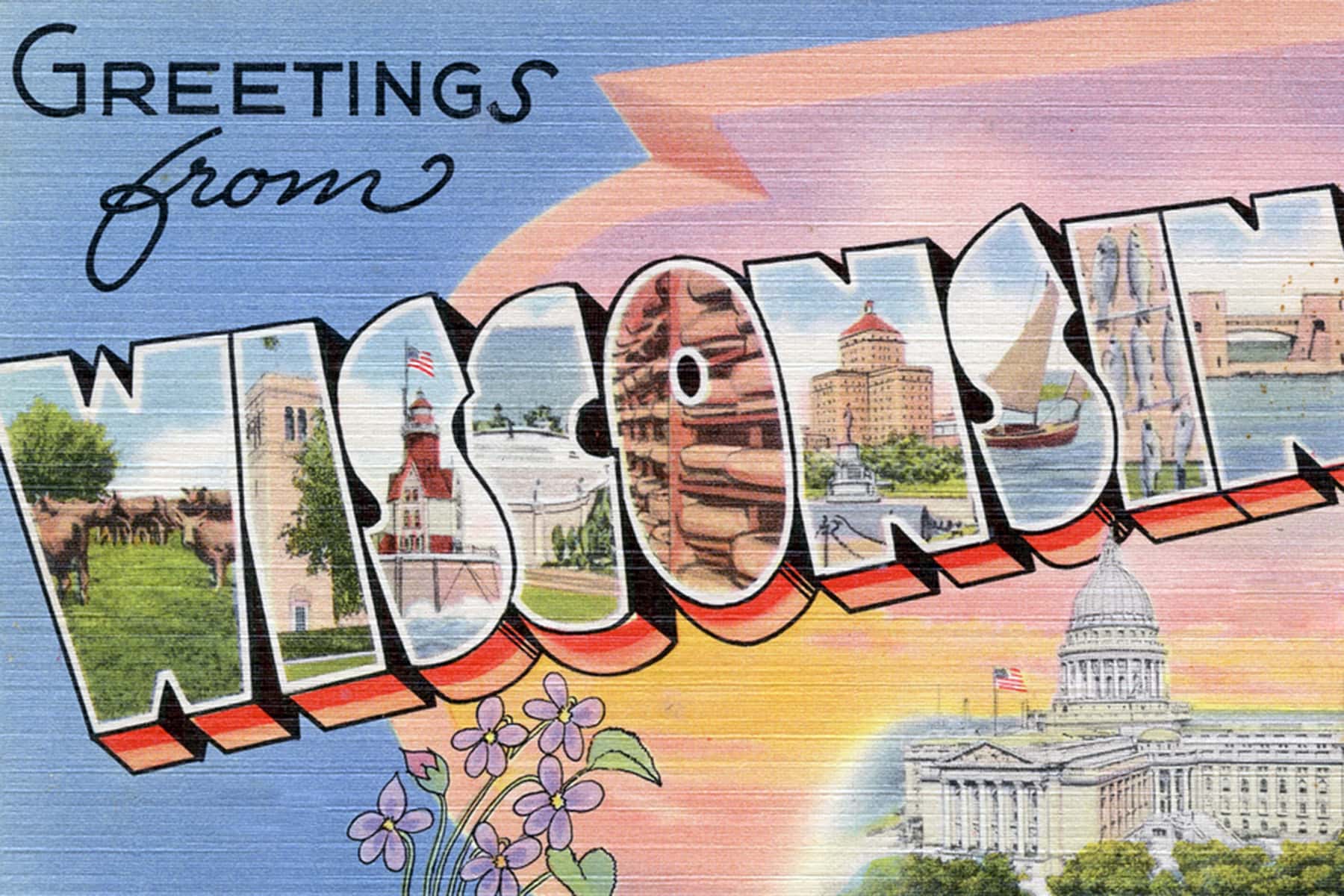
Wisconsinites went to the polls on November 6 in droves. The final results of the election however did not fully reflect the will of the people.
There were five statewide races: Governor with Lt. Governor on the same ticket, U.S. Senator, Attorney General, Treasurer, and Secretary of State. Democrats won all five races, the first time that has happened since 1982. Democrats had unmistakable victories at the statewide level. When looking down the ballot, the results tell a very different story.
US Congress
Wisconsin has eight Congressional seats, all of which were up for election for the midterms. Going into Election Day, Democrats controlled three of them and Republicans had the remaining five. No seat flipped.
In total, Wisconsin Democratic Congressional candidates received 1,306,476 votes.
Wisconsin Republican Congressional Candidates received 1,170,718 votes. And yet, Democrats got three out of eight seats. In mathematical terms, that is 52.74% of the vote, yet the party took only 37.5% of the seats.
State Assembly
Every seat was up for grabs on November 6, and voting disparity becomes even more glaring when reviewing the results. Democratic Assembly candidates took around 1.3 million votes to Republican Assembly candidates with 1.1 million votes.
And still Democrats walked away with only 36 seats, while Republicans took a staggering 63. That means Democrats won 54% of the vote while only earning 36% of the seats.
- Democratic Vote – 1.3M 54.2%
- Democratic – State Assembly Seats Won
- Republican Vote – 1.1M 45.8%
- Republican State Assembly Seats Won
A Flimsy Response to a Gerrymandered Map
“I do not like the fact that Madison and Milwaukee chose Gov. Evers and they’re the reason that he won. But in the process that we have, Madison and Milwaukee get the chance to vote. I don’t like the outcome all the time, but they have a fair chance,” said Republican Speaker Robin Vos, in response to the imbalance of the map.
Speaker Vos is arguing that Wisconsin should not have a popular vote, or popular representation, but rather that the State needs its very own electoral college to protect Wisconsin from the two largest cities.
How a city votes is irrelevant. It should be how the people vote. And his explanation does not come close to explaining the clear disparities at play. Madison and Milwaukee have a large role in deciding the state’s leadership. The combined population of their two metro areas makes up over a third of the Wisconsin’s population. That is how representative democracy works, or how it is supposed to.
Wisconsin went to the polls on November 6 and now the state finds itself with a split government. But that is not because of how the people voted, it is because of how the maps were drawn.
Remember that the next time a minority-elected legislative government aims to make sweeping changes to Wisconsin — changes like curbing the authority of the lawfully-elected Governor. A powerful Executive was good for Vos and Senate Majority Leader Fitzgerald when that Executive was a Republican. But the position is a threat to their minority-rule now that he is a Democrat.
In places where Republicans could not draw the statewide map to their benefit is where those statewide races went to a Democratic candidate. Despite winning sizable majorities in the popular vote for both Congress and the State Assembly, Democrats continue to find themselves in the minority of both bodies.
Partisan gerrymandering is undemocratic, the 2018 midterm election results show clear just how undemocratic.
Josh Klemons
Based on data by Brian Evans
Minor edits were made to the original content, first published as A Democratic Election, An Undemocratic Result














